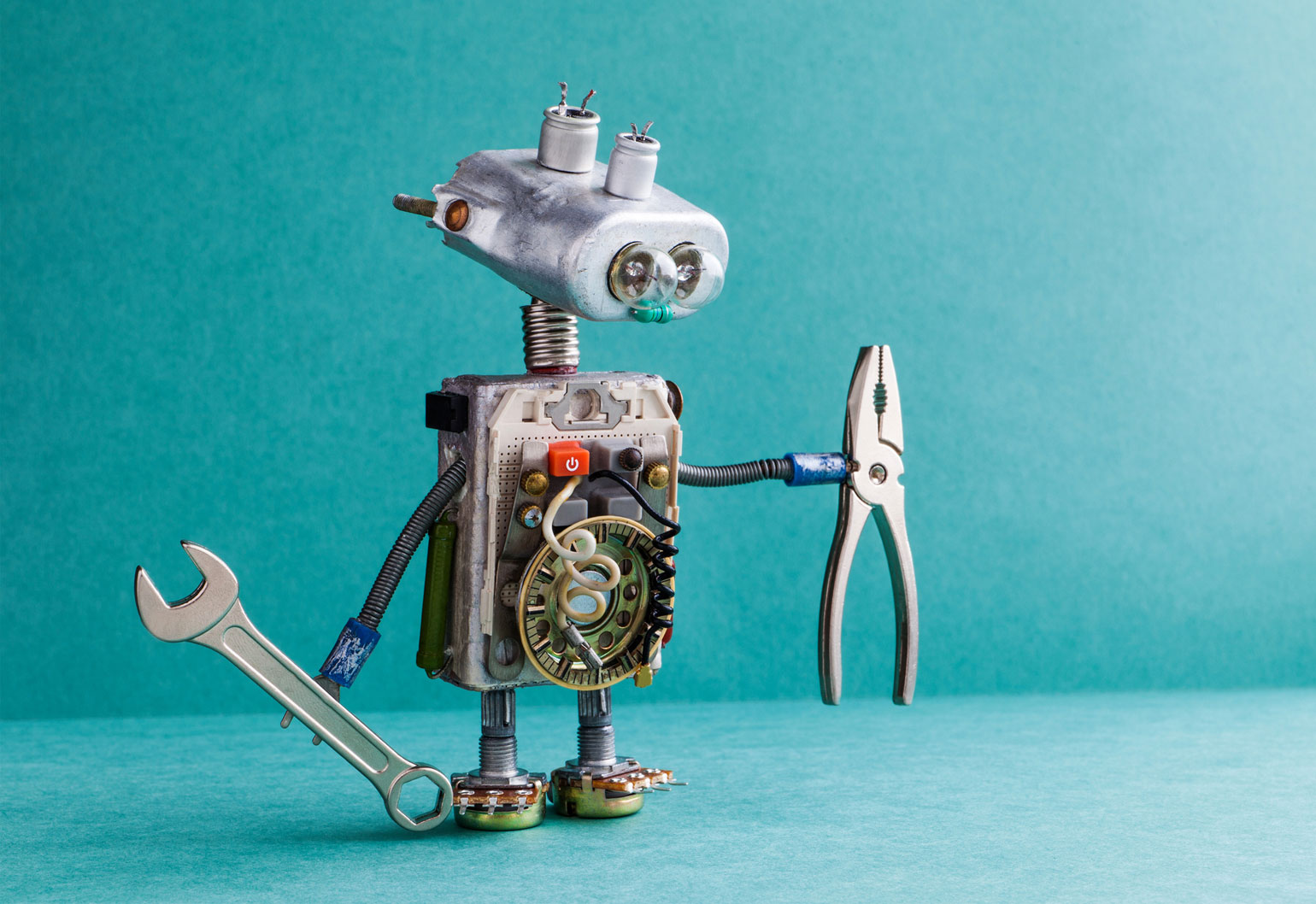It’s not that we don’t produce innovations in robotics and automation technology – it’s just that we have a hard time getting them to stay in Australia.
Australians who develop robotics and automation solutions are more likely to sell their products overseas than at home due to a lack of commercialisation opportunities, low industry uptake and a perception that automation has to be done on a grand scale.
According to Dr Michael Lucas, deputy chair of Engineers Australia’s National Committee on Mechatronics, Australian robot innovators seek overseas markets because local opportunities and support are lacking. Cultural-cringe has also driven Australian industry away from adopting home-grown robotics and automation solutions, even though they include some of the best technology in the world.
“Although a lot of robotics technology is developed in Australia, local businesses tend to buy their products overseas. They want to see someone else use them first,” he said.
One Australian who has taken his skills overseas is renowned roboticist Professor Rodney Brooks, who has spent most of his career in the US. Brooks was a co-founder and former CTO of iRobot, which makes the Roomba robot vacuum cleaner. In 2016, more than 14 million Roombas had been sold worldwide. Brooks is now CTO of Rethink Robotics, which produces collaborative industrial robots Baxter and Sawyer.
Australia also lags behind other nations in the area of automation, and is currently ranked in 30th in the world. Lucas says a roadblock to the uptake of robotics and automation technology is the perception that automation needs to be implemented on a large scale using expensive technology, which does not suit the smaller scale of many Australian companies.
“The difference between large-scale automation and robotics is that you can use the technology in a flexible way and solve problems at spot level by putting in small, flexible robotics solutions,” he explained.
Lucas has recently co-chaired a workshop for the first Australian Robotic and Computer Vision Roadmap, which is being developed by the Australian Centre for Robotic Vision.
The Australian robotics roadmap will be released for public review in February next year, and the final document will be launched during the International Conference for Robotics and Automation in May 2018.
International efforts
Robotic roadmaps developed in the US and Europe have led to government, industry and university collaborations to build hubs and networks for people to talk about how to implement robotic technology and put their plans into action.
One success story is the small town of Odense in Denmark, which has established a thriving robotics industry.
“There are more than 90 companies in a town smaller than Wollongong,” Lucas said.
Lucas also describes a “robo-valley” in the Netherlands, where startups, government and industry work together to collaboratively solve problems.
“This is something that is sadly lacking in Australia and I hope that this roadmap drives us in the same direction,” he said.
Domestic opportunities
The workshop hosted by Lucas focused on opportunities to implement robotics technology in the services and logistics industries. For the roadmap, this has been defined as a broad cross-section of the economy that encompasses transport, retail, hospitality, supply chains, banking and finance, waste services and professional services.
As well as the trend for companies to buy robotics technology overseas, key areas discussed were that only large businesses were adopting robotics solutions, the lack of standards for robotics technology and the fact that regulation is lagging behind implementation.
Another topic covered was the issue of what would happen to the people whose jobs were automated over the next 15 years.
“There is the opportunity for a lot of services to be automated if society lets them. People don’t have to be replaced by technology – robots can enhance productivity,” Lucas said.
One way of doing this would be for people and robots to each do the jobs that suited them best. For instance, robots excel at repeating tasks quickly and in exactly the same way each time, while people deal well with change and uncertainty.
“These are engineering problems that need to be sorted out at a broader societal level,” Lucas said.
Lucas would also like to see a higher level of recognition for engineers working in the robotics industry.
“I’d like Engineers Australia to better support the areas of mechatronics and robotics given their importance to the future of the Australian economy. We should recognise these specialisations as areas of practice, and include robotics and automation opportunities in public policy discussions with government,” he said.


